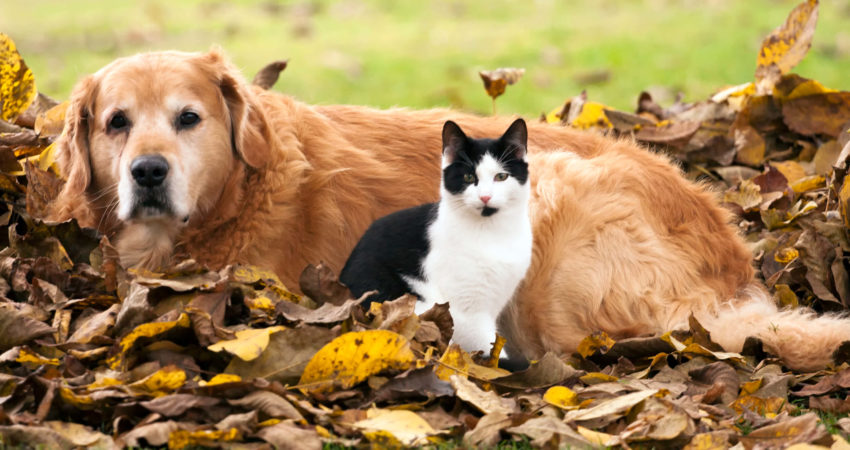Archives
Select Archives- March 2021
- July 2019
- June 2019
- May 2019
- March 2019
- February 2019
- January 2019
- November 2018
- October 2018
- September 2018
- July 2018
- June 2018
- May 2018
- April 2018
- March 2018
- February 2018
- January 2018
- December 2017
- November 2017
- October 2017
- September 2017
- August 2017
- July 2017
- June 2017
- April 2017
- March 2017
- February 2017
- January 2017
- December 2016
- November 2016
- October 2016
- September 2016

As Temperatures Decrease, Do Fleas Remain an Issue?
As the summer comes to a close, you may be wondering if you still need to worry about fleas. Many may think that the summer months are the worst time of the year when it comes to flea infestations, but in fact, flea season continues in full force beyond that and into the late fall months. Flea season starts in May and runs all the way into the winter when temperatures begins to drop below freezing. The worst time of the year is during late summer to late fall, from September through November.
At What Temperature and How Quickly Do Fleas Die?
Adult fleas die at temperatures colder than 46.4°F (8°C) and hotter than 95°F (35°C). Immature fleas, which refers to both flea eggs and larvae, are slightly more susceptible to the cold, dying at temperatures below 55.4°F (13°C).
At temperatures below freezing, adult fleas will die even quicker: they will die within 5 days of exposure at temperatures of 30.2°F (-1°C). The lifespan of an adult flea nearly doubles with just around a 7°F increase in temperatures compared to those at freezing temperatures, with a 10-day survival span at 37.4°F (3°C). A flea’s life span doubles with another increase in temperature of around 10°F, as nearly half of emerged adult fleas will survive for 20 days when temperatures exceed 46.4°F (8°C).
On the other end of the spectrum, fleas will die within two days when temperatures exceed 95°F (35°C), with some exceptions dependent on relative humidity. During the hot summer months, fleas can’t survive outdoors if the temperature exceeds 95°F for more than 40 hours per month even if the average temperature during that month is much cooler. Because of this extreme temperature, laundering already infested clothing or bedding is a relatively fail-safe method for the complete eradication of the fleas, using high heat settings on both the washer and dryer.
Exceptions
While most fleas will die at rates according to the previous statistics, there are several exceptions to the survival rate based on a few factors.
Even in freezing temperatures, fleas can remain in a dormant state tucked away in pet’s fur or other warmer places during the cold winter months, waiting for the flea season cycle to begin again in the late spring.
Humidity also plays a factor in survival, as even in typically lethal temperatures, relative humidity above 75% can extend the life span of adult fleas.
When considering the duration of flea season, it is important to understand your own climate based on your geographic location, as a much warmer southern climates will allow for flea survival even throughout typically cold winter months, and colder climates will have a much narrower window of survival throughout the year. Conversely, extremely hot climates will not allow for the survival of fleas during the hotter summer months, so it is important to understand the nature of your local climate and how the typical range of flea season can vary from place to place.
If fleas are problem in your area, learn more about how to protect your home, pets, clothing, and more against infestations with an all-nature pest killer from Tick Killz. Visit our website for product information and to find a retailer online or near you.
